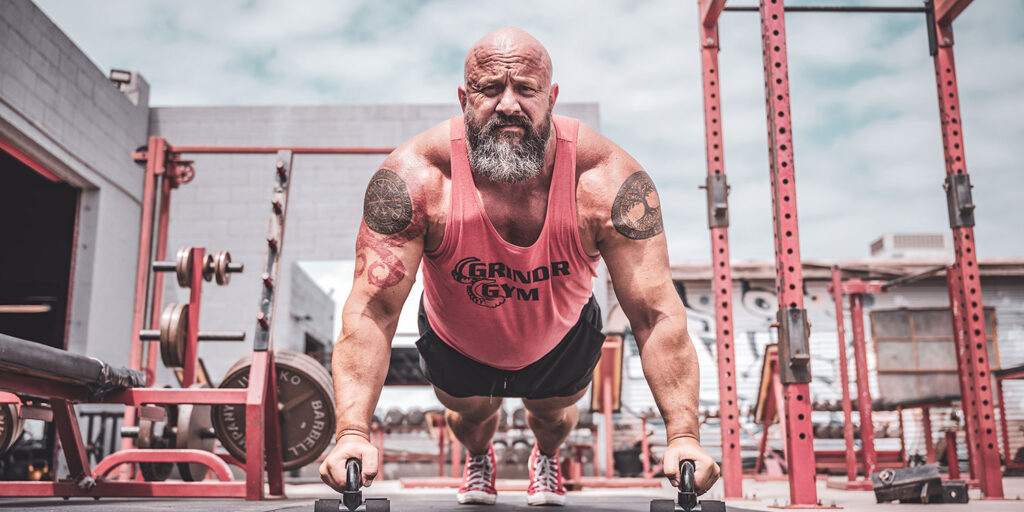
When it comes to achieving success in sports, fitness, or any physical endeavor, specificity is the name of the game. Specific training allows individuals to adapt their bodies to meet the unique demands of their chosen activity. Whether you are a sprinter, a long-distance runner, a weightlifter, or a dancer, your training should be finely tuned to match the specific energy systems your body utilizes during those activities. This concept is known as “Bioenergetic Alignment,” and it plays a pivotal role in optimizing training and performance.
Understanding Bioenergetic Pathways
To appreciate the importance of Bioenergetic Alignment, one must first grasp the concept of bioenergetic pathways. Bioenergetics refers to the study of energy flow through living systems, and in the context of human physiology, it involves understanding how our bodies produce and use energy during different types of physical activities. Broadly speaking, there are three primary bioenergetic pathways:
- Phosphagen System: This system provides rapid but short-lived bursts of energy and is primarily used for high-intensity, short-duration activities, such as sprinting, weightlifting, or jumping. It relies on the immediate availability of adenosine triphosphate (ATP) stored in the muscles.
- Glycolytic System: The glycolytic system generates energy through the breakdown of glucose, which is stored in the muscles as glycogen. It is the dominant energy system for activities lasting a few minutes, such as a 400-meter sprint or lifting heavy weights.
- Aerobic System: The aerobic system relies on oxygen and is the primary energy source for prolonged, low-intensity activities, such as long-distance running, cycling, or swimming. It is highly efficient at producing energy over an extended period.
Importance of Bioenergetic Alignment
- Enhanced Performance: By aligning your training with the specific bioenergetic pathway used in your chosen activity, you can optimize your performance. For instance, a sprinter who focuses on explosive strength training that targets the phosphagen system will develop the power and speed necessary for their event. Similarly, a long-distance runner who prioritizes aerobic conditioning will build endurance and stamina.
- Injury Prevention: Engaging in activities that align with your bioenergetic pathways can reduce the risk of injury. Attempting high-intensity activities without adequate training or conditioning can strain muscles and joints, leading to injuries. Bioenergetic alignment ensures that your body is prepared for the demands of your sport or activity.
- Efficient Energy Utilization: When your training matches the energy system required for your activity, your body becomes more efficient at using energy. This means that you can sustain higher levels of performance for longer durations, whether you’re lifting weights, running marathons, or performing intricate dance routines.
- Faster Progression: Tailoring your training to your bioenergetic pathways can lead to faster skill and fitness development. Specificity in training allows you to make targeted improvements in the areas that matter most for your chosen activity.
How to Achieve Bioenergetic Alignment
Achieving Bioenergetic Alignment involves a few key steps:
- Identify Your Sport or Activity: Understand the specific energy systems that your chosen sport or activity relies on. Consult with a coach or trainer to gain insights into the bioenergetic demands of your discipline.
- Design a Targeted Training Program: Create a training program that aligns with the primary bioenergetic pathway of your activity. This may involve a combination of strength training, aerobic conditioning, and sport-specific drills.
- Monitor Progress: Continuously assess your performance and make adjustments to your training program as needed. Tracking your progress will help you fine-tune your training for optimal bioenergetic alignment.
- Seek Professional Guidance: Consider working with a sports scientist, trainer, or coach who specializes in your sport. They can provide expert guidance and ensure that your training plan is tailored to your unique needs.
Conclusion
Bioenergetic Alignment is a fundamental concept in sports and fitness training that can significantly impact an individual’s performance and progress. By understanding and aligning your training with the specific bioenergetic pathways of your chosen activity, you can enhance your performance, reduce the risk of injury, and achieve your fitness goals more efficiently. In the pursuit of excellence, remember that specificity is key, and Bioenergetic Alignment is your roadmap to success.
Recommended Articles
10 Effective Ways to Train Your Phosphagen System for High-Intensity Performance
This energy pathway is responsible for delivering rapid, short-lived bursts of power and vigor, making it the go-to system for activities like sprinting, weightlifting, or jumping. [Read more…]
Demystifying the Glycolytic System in Sports and Exercise
The glycolytic system takes center stage, offering a crucial source of energy during high-intensity activities that last from 30 seconds to around 2-3 minutes. [Read more…]
Unlocking Performance: The Aerobic System in Endurance Sports
This system enables athletes to sustain their efforts during prolonged physical activities by consistently providing a steady supply of energy. [Read more…]
Upcoming Related Articles:
Nutrition for Bioenergetic Optimization: In this article, we explore the role of nutrition in achieving bioenergetic alignment. It delves into how the right balance of macronutrients and micronutrients can support various energy systems, improve performance, and aid in recovery. Additionally, it discusses the timing of meals and supplements that can enhance bioenergetic function.
Sports Psychology and Bioenergetic Alignment: In this article, we will investigate the mental aspect of bioenergetic alignment. We examine how an athlete’s mindset, motivation, and mental resilience can affect their bioenergetic performance. The article covers strategies for maintaining mental focus and managing psychological stress during training and competition.
Unlocking Athletic Potential: The Power of Targeted Training for Faster Progression: In this article, we explore the concept of tailoring your training to your bioenergetic pathways and its profound impact on skill and fitness development. We delve into the science behind specific training methods and provide practical advice on how individuals can identify and focus on the key areas that matter most for their chosen sports or activities.


